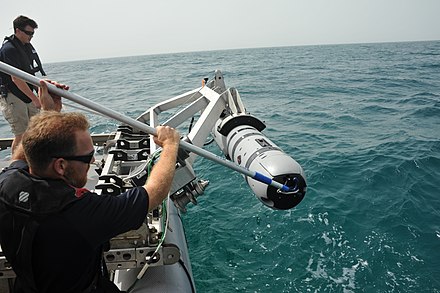
Ghost Shark and Manta Ray, guardians of the undersea realm, might sound like characters from a Marvel movie, but they are actually the future of Pacific naval defenses.
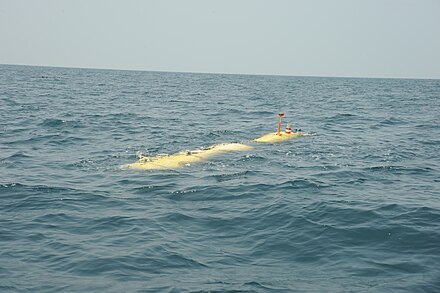
These names belong to prototype uncrewed underwater vehicles (UUVs), also known as drones, recently introduced by Australia and the United States, respectively.
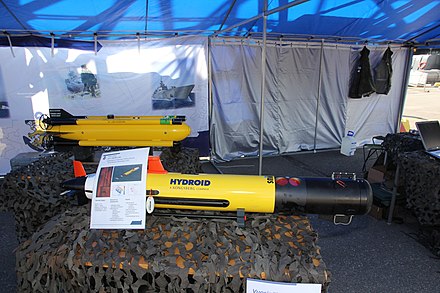
Experts suggest that these submersibles could revolutionize undersea warfare by enabling power projection while minimizing risks to human lives.
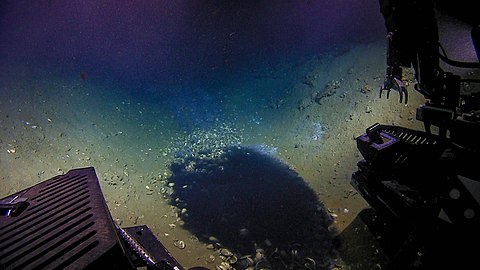
While the use of drones in aerial warfare has become common, with the US employing them extensively in conflicts in Iraq and Afghanistan since the 1990s, their utilization in naval operations is relatively new.
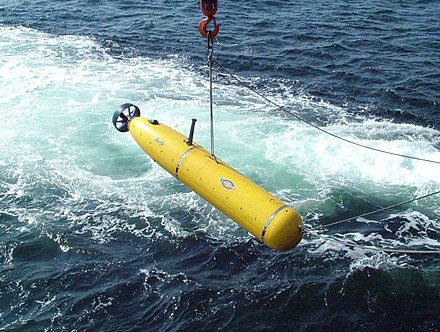
Ukraine, for instance, has developed naval surface drones that have proven highly effective against Russia’s larger and more expensive Black Sea Fleet vessels.
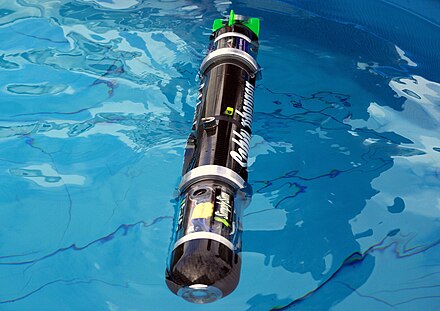
While aerial and surface sea drones can be controlled using satellites, light, and radio waves, the same methods do not apply in the depths of the ocean.
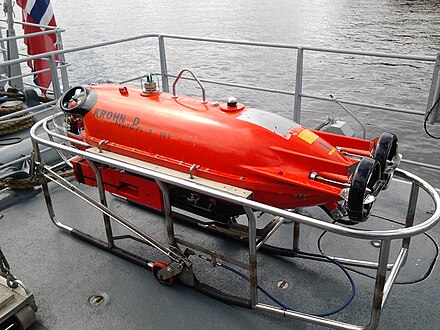
According to a study published in the Swiss journal Sensors in 2023, underwater communications present unique challenges due to the increased energy requirements and significant data loss caused by factors such as water temperature, salinity, and depth.
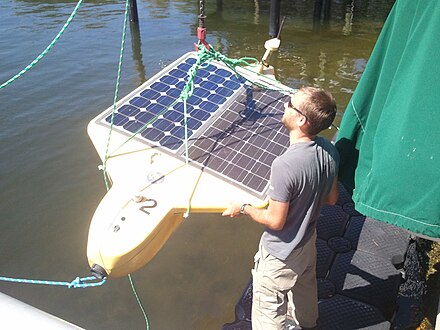
Despite advancements in military UUV technology, manufacturers have yet to disclose how they plan to address these communication obstacles.
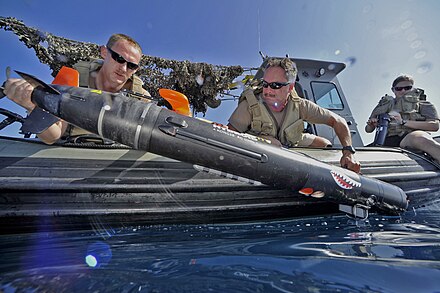
Australia’s Ghost Shark, a stealthy and long-range autonomous undersea warfare capability, is set to provide the Navy with persistent intelligence, surveillance, reconnaissance (ISR), and strike capabilities, with the first production models expected by the end of next year.
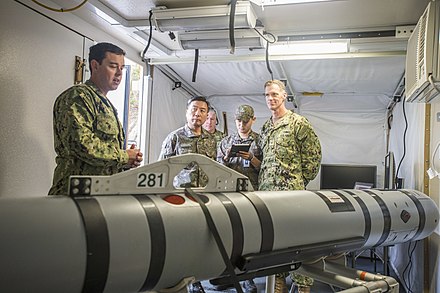
Despite remaining classified, officials highlight the rapid progress of the program since its inception two years ago.

Anduril Australia, the manufacturer, praises the efficiency of the development process, with the first prototype delivered ahead of schedule, setting a new standard for capability development.
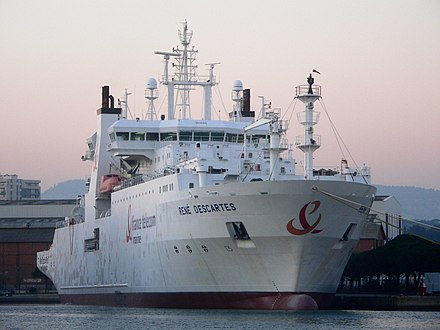
Comparisons have been drawn between Ghost Shark and the US-developed Orca extra-large UUV, suggesting similarities in their objectives and capabilities.
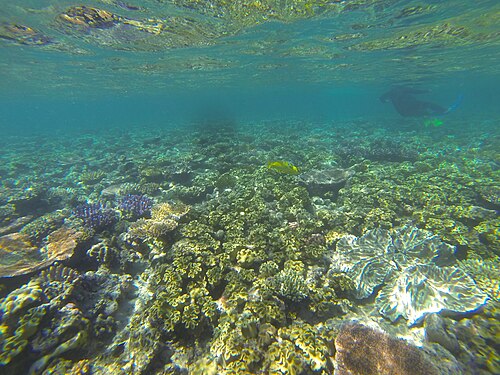
In the United States, alongside the development of the Orca UUV, Northrop Grumman has introduced the Manta Ray, with a prototype tested off Southern California in February and March.
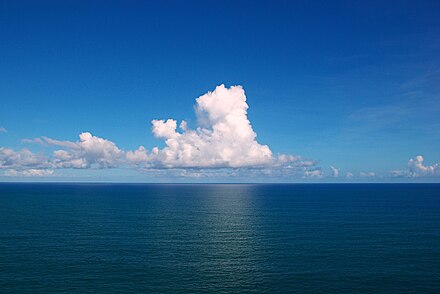
DARPA, responsible for innovative technology development within the Pentagon, highlights Manta Ray’s modularity as its key strength, enabling payload customization for different missions. Northrop Grumman states that Manta Ray can be disassembled into five standard shipping containers for transportation and reassembled in the field, showcasing a unique capability for an extra-large UUV.
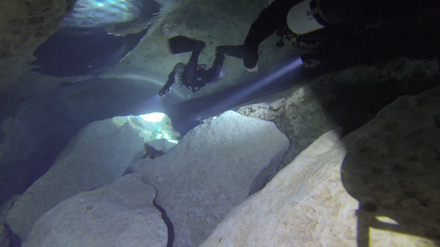
The prototype, constructed in Maryland, was transported cross-country and reassembled on the California coast, exemplifying a pioneering approach to UUV deployment, as noted by Kyle Woerner, the program head at DARPA.
Relevant articles:
– Australia and US unveil undersea drones Ghost Shark and Manta Ray, CNN
– Ghost Shark Debuts in Australia – Drones World, Drones World
– Australia got a new sub drone far faster than the US Navy could have, company says, Defense One
– Anduril unveils Ghost Shark XL-AUV prototype in Australia, Naval Technology
